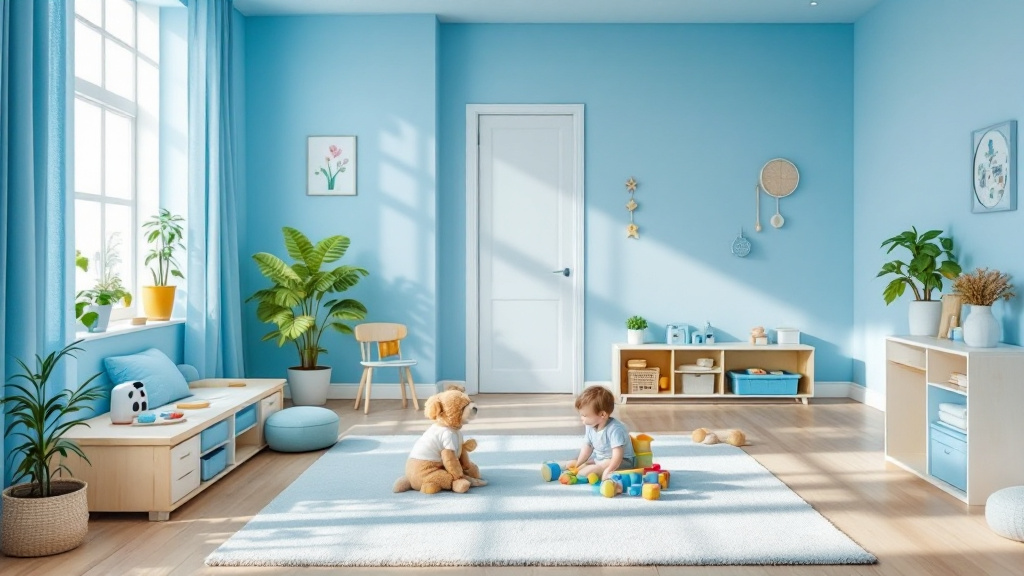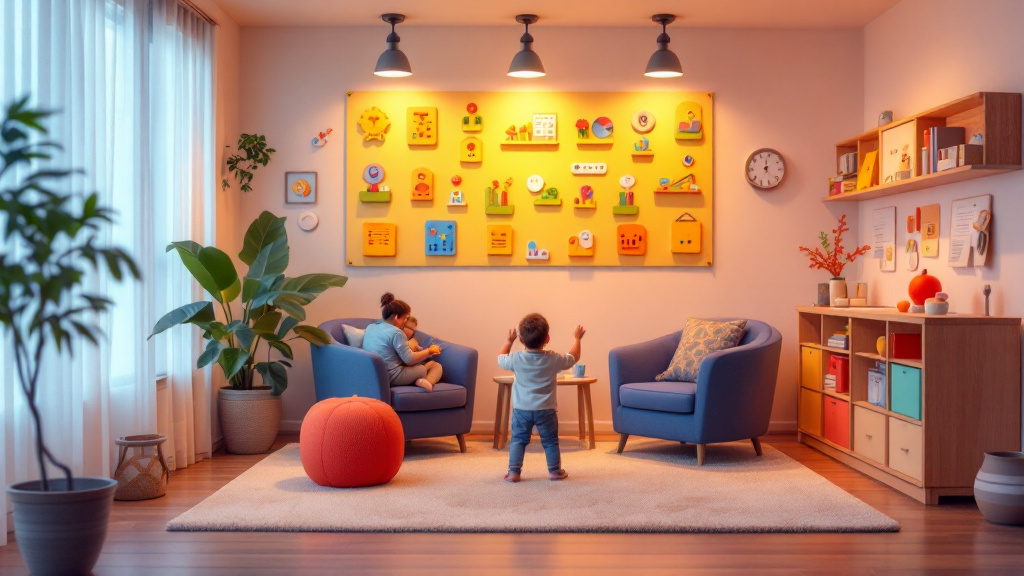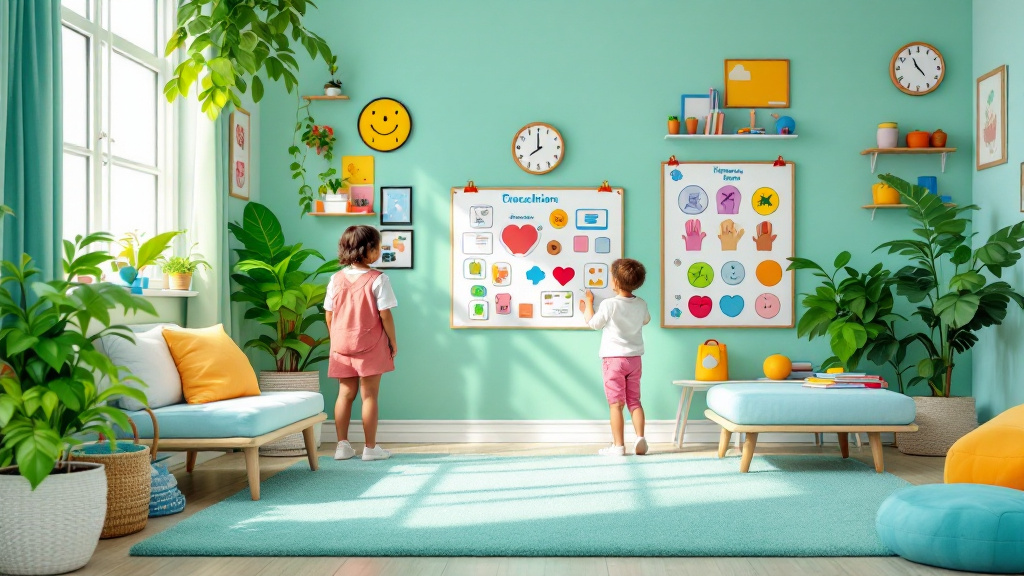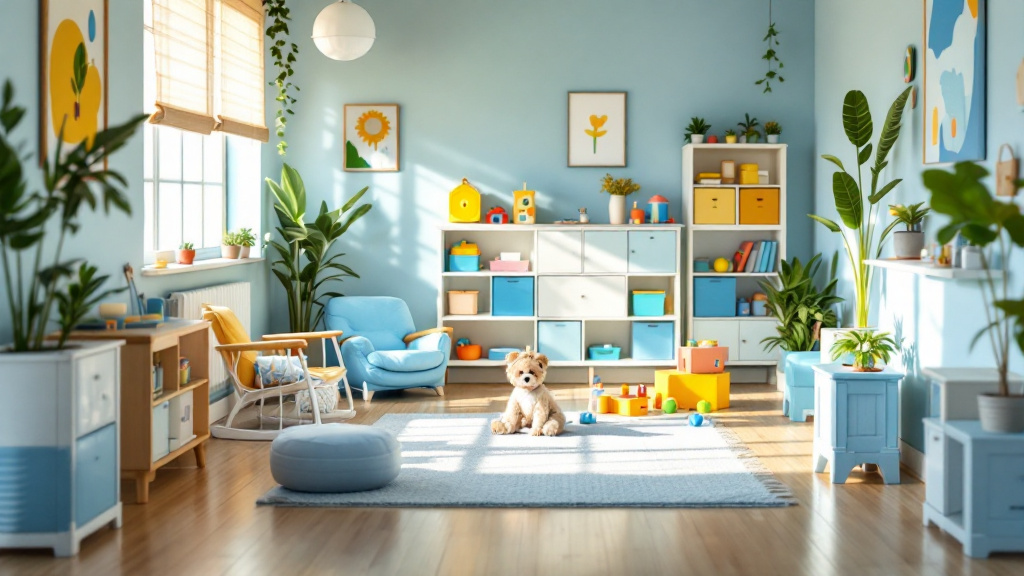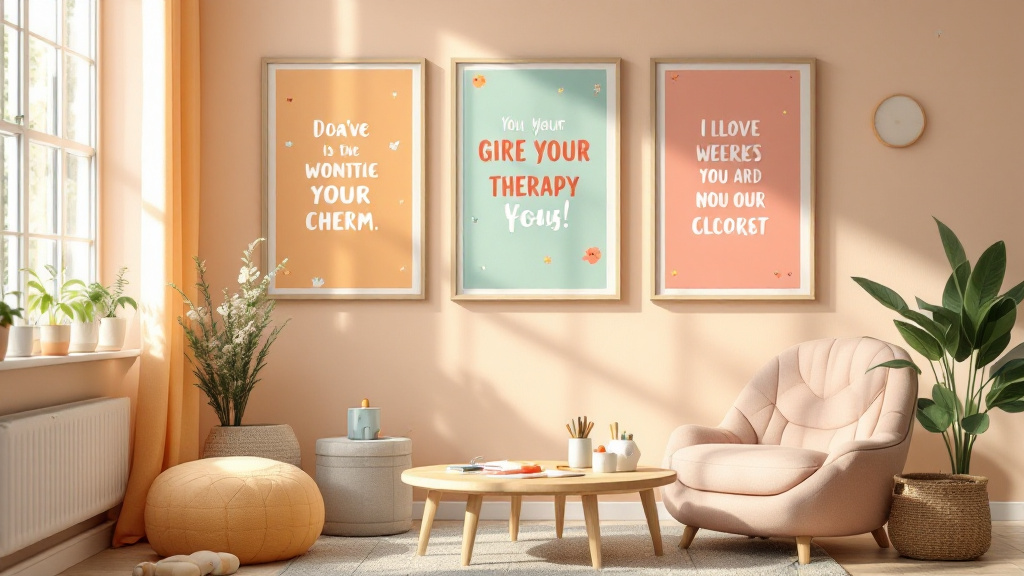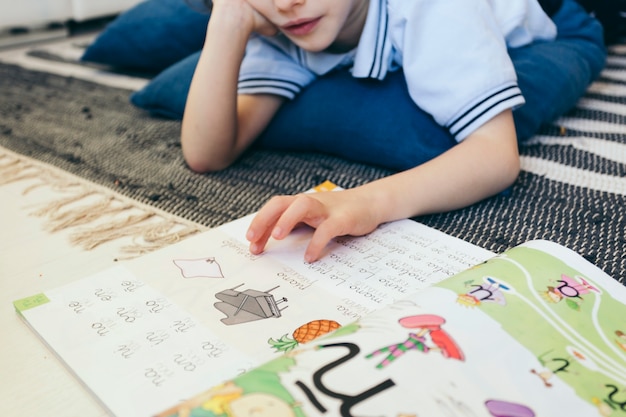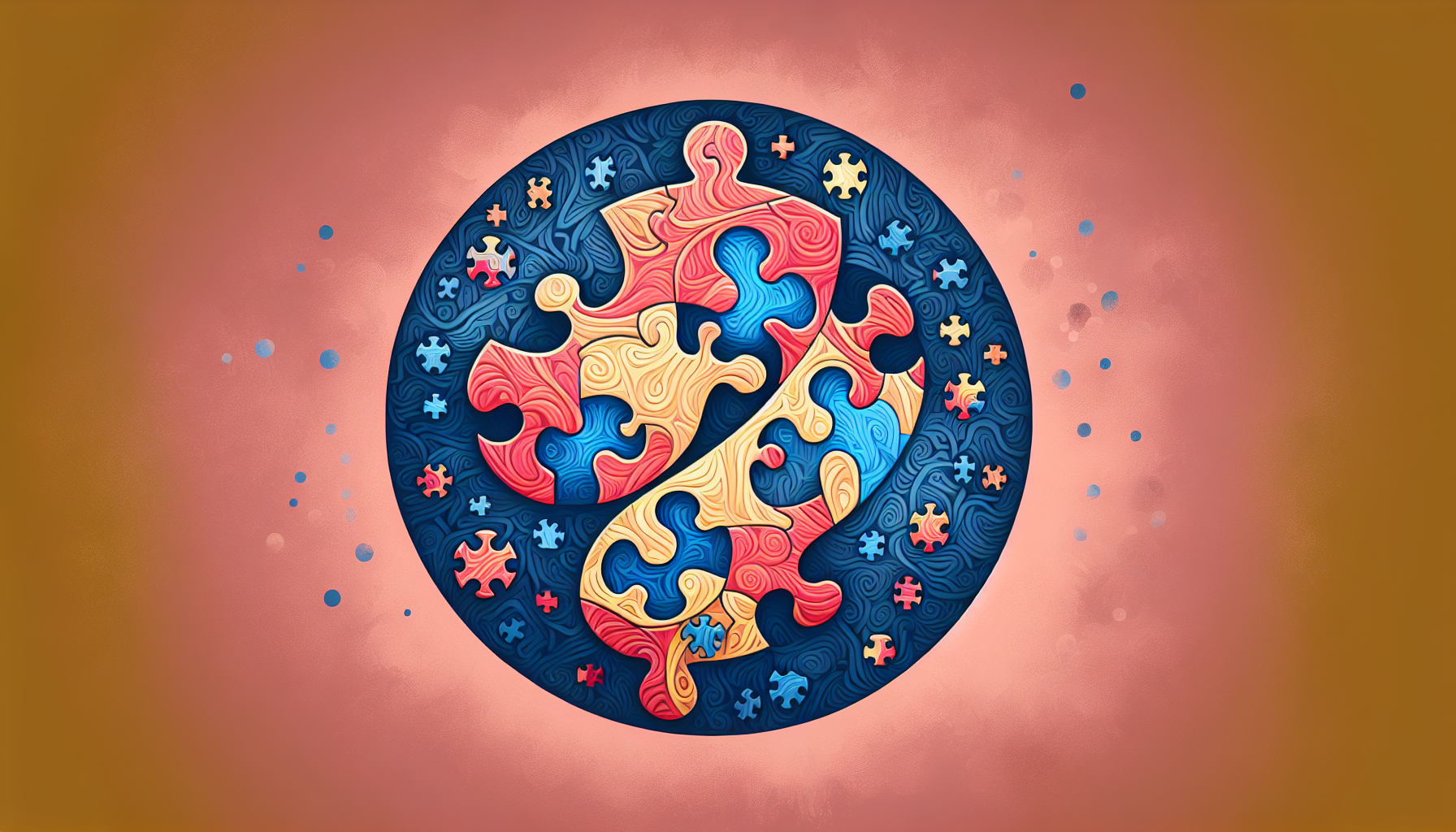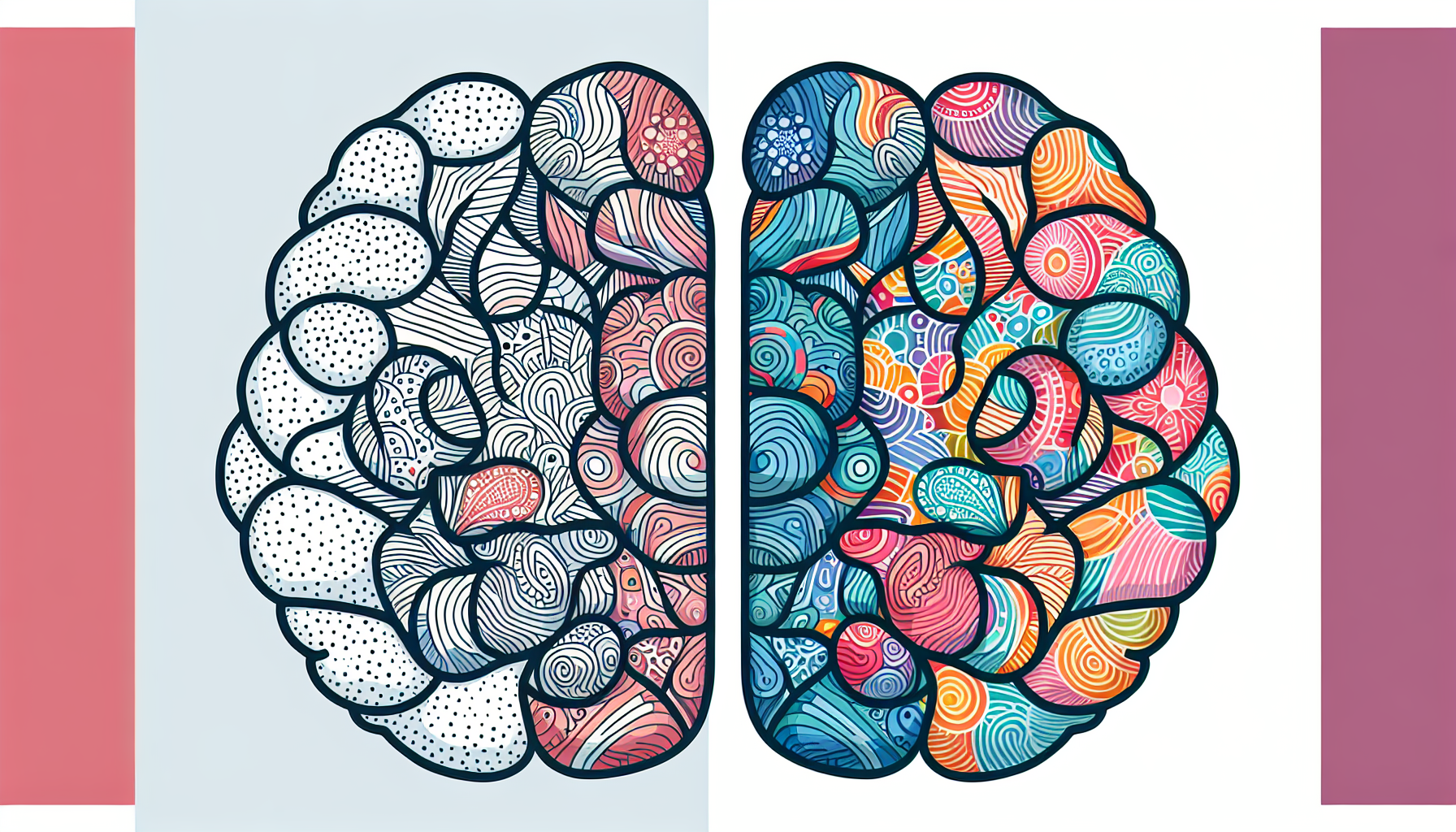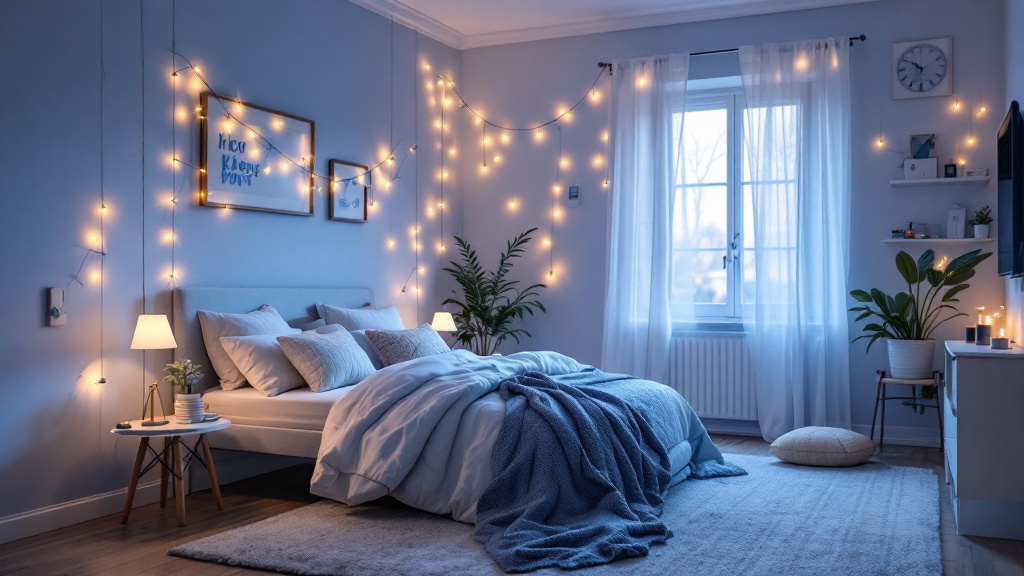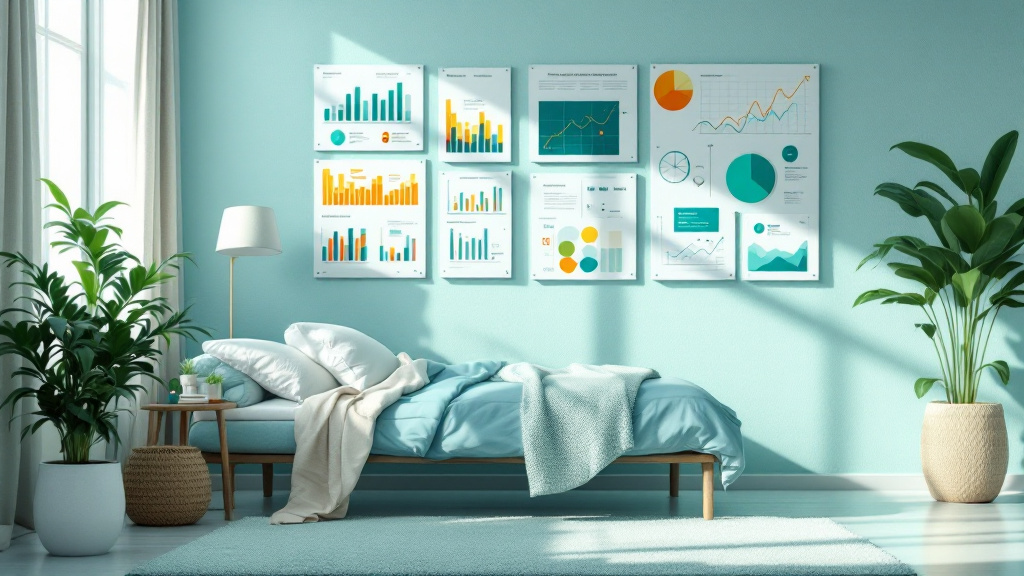Sensory Seeking And Sensory Avoiding
Dive into the captivating exploration of sensory seeking and sensory avoiding – a journey through the unique ways we experience the world. From the joy of seeking certain sensations to the art of navigating sensory overload, this discussion is a celebration of our beautifully diverse sensory experiences.
.jpeg)
Understanding Sensory Processing Disorder (SPD)
In order to address sensory seeking and sensory avoiding behaviors, it's important to have a clear understanding of Sensory Processing Disorder (SPD). This section will provide an overview of what SPD is and the different types that exist.
What is Sensory Processing Disorder?
Sensory Processing Disorder is a condition that affects the way the brain processes and responds to sensory information from the environment. Individuals with SPD may have difficulty interpreting and organizing these sensory signals, which can lead to challenges in daily functioning and behavior.
SPD can impact any of the senses, including touch, taste, smell, sight, sound, and movement. SPD is distinct from other conditions, such as autism spectrum disorder, although it can coexist with them.

Types of Sensory Processing Disorder
Sensory Processing Disorder can manifest in various ways, leading to different sensory processing profiles. These profiles help to identify the specific sensory challenges an individual may experience. The three main types of SPD are:
- Sensory Modulation Disorder: This type of SPD involves difficulties with regulating and modulating the intensity of sensory input. Individuals may exhibit either sensory seeking behaviors, where they actively seek out sensory stimulation, or sensory avoiding behaviors, where they try to avoid or withdraw from sensory stimuli.
- Sensory Discrimination Disorder: This type of SPD involves difficulties in accurately perceiving and differentiating between different sensory stimuli. Individuals may struggle to distinguish between similar textures, sounds, tastes, or smells. Sensory discrimination disorder can impact a person's ability to participate in daily activities and engage in social interactions.
- Sensory-Based Motor Disorder: This type of SPD affects a person's ability to plan and execute coordinated movements in response to sensory input. It can lead to challenges in gross motor skills, fine motor skills, and overall coordination. Sensory integration therapy, which focuses on providing structured sensory experiences, can be beneficial for individuals with sensory-based motor disorders.
Understanding the different types of Sensory Processing Disorder is essential in order to develop effective strategies and interventions to support individuals with SPD. By creating a sensory-friendly environment and engaging in sensory integration activities, individuals with SPD can better navigate their sensory experiences and thrive in their daily lives.
Sensory Seeking Behaviors
Individuals with sensory processing disorder (SPD) may exhibit a range of behaviors and responses to sensory input. One category of behaviors is sensory seeking, where individuals actively seek out sensory experiences to fulfill their sensory needs. Understanding the definition, characteristics, and strategies to support sensory seekers can help individuals with SPD and their caregivers better navigate daily life.
Definition and Characteristics of Sensory Seeking
Sensory seeking refers to the behavior of actively seeking and craving sensory stimulation. Individuals who engage in sensory seeking behaviors often have a high sensory threshold, meaning they require more intense sensory input to reach a level of satisfaction. They may seek out various types of sensory experiences, such as seeking tactile input by touching different textures or seeking vestibular input through movement and spinning.
Characteristics of sensory seekers can vary from person to person, but some common signs include:
- Constantly touching objects or people.
- Craving deep pressure or tight hugs.
- Enjoying intense sensory activities like swinging or jumping.
- Seeking out loud or repetitive sounds.
- Engaging in repetitive behaviors to stimulate senses, such as spinning or rocking.
Sensory seeking behaviors can occur in both children and adults.
Strategies to Support Sensory Seekers
Supporting individuals with sensory seeking behaviors involves creating an environment that allows them to meet their sensory needs in appropriate ways. Here are some strategies that can be helpful:
- Provide sensory-rich activities: Engage the individual in activities that offer the sensory input they seek. This can include activities like swinging, bouncing on a therapy ball, or playing with textured materials. Offering a variety of sensory-rich options can help meet their needs effectively.
- Use sensory tools: Utilize sensory tools and equipment to provide the desired sensory input. Weighted blankets, fidget toys, and chewable jewelry can be helpful tools for sensory seekers. These tools can be used discreetly when needed to help regulate their sensory needs.
- Establish sensory breaks: Encourage the individual to take sensory breaks throughout the day. These breaks can involve engaging in calming activities or providing a designated sensory space where they can retreat to when feeling overwhelmed.
- Incorporate sensory integration therapy: Sensory integration therapy, guided by a qualified occupational therapist, can be beneficial for individuals with sensory seeking behaviors. This therapy aims to help individuals integrate and process sensory information effectively.
- Promote self-regulation: Teach the individual self-regulation strategies to help them manage their sensory needs independently. Deep breathing exercises, mindfulness techniques, and sensory grounding techniques can be valuable tools to promote self-regulation.
Understanding and supporting sensory seeking behaviors can significantly improve the daily lives of individuals with sensory processing disorder. By implementing these strategies, individuals and caregivers can create an environment that addresses their sensory needs and promotes overall well-being.
Sensory Avoiding Behaviors
Definition and Characteristics of Sensory Avoiding
Sensory avoiding behaviors are commonly observed in individuals with sensory processing disorder (SPD). People with sensory avoiding tendencies may exhibit an aversion or discomfort towards certain sensory stimuli, such as loud noises, bright lights, strong smells, or certain textures. These individuals may actively try to avoid or withdraw from situations that trigger their sensory sensitivities.
The characteristics of sensory avoiders can vary from person to person. Some common signs include:
- Hypersensitivity to certain sensory inputs, leading to avoidance or distress.
- Overwhelm or anxiety in environments with high levels of sensory stimulation.
- Preference for quiet and calm surroundings.
- Avoidance of crowded or busy places.
- Resistance to trying new foods or textures due to sensory sensitivities.
It's important to remember that individuals with sensory avoiding behaviors may have different triggers and sensitivities. Understanding and recognizing these characteristics can help in providing appropriate support and accommodations.
Strategies to Support Sensory Avoiders
Supporting individuals with sensory avoiding behaviors involves creating an environment that minimizes triggers and provides the necessary tools and strategies to cope with sensory sensitivities. Here are some strategies that can be helpful:
- Create a Sensory-Friendly Environment: Designating quiet spaces or areas with dimmed lights can offer individuals a safe retreat when they feel overwhelmed. Consider using noise-cancelling headphones or earplugs to reduce auditory stimuli.
- Offer Sensory Tools and Equipment: Providing sensory tools and equipment can aid in managing sensory sensitivities. Some examples include weighted blankets, fidget toys, or chewable items. These tools can provide a sense of comfort and help redirect focus during overwhelming situations.
- Gradual Exposure and Desensitization: Introducing sensory stimuli gradually and in a controlled manner can help individuals build tolerance to certain triggers. This technique, known as desensitization, involves slowly and incrementally exposing the individual to the sensory input that typically triggers avoidance or discomfort. Seek guidance from an occupational therapist or specialist experienced in sensory integration therapy to develop an appropriate desensitization plan.
- Establish Routines and Predictability: Creating structured routines can provide a sense of predictability and stability for individuals with sensory avoiding behaviors. Knowing what to expect in their daily activities can reduce anxiety and help them feel more at ease.
- Collaborate with Occupational Therapists and Specialists: Seeking professional help from occupational therapists and other specialists who specialize in sensory processing disorder can be invaluable. These professionals can assess the individual's specific needs and provide personalized strategies and interventions.
By understanding the characteristics of sensory avoiders and implementing appropriate strategies, individuals with sensory processing disorder can better navigate their environments and improve their overall sensory experiences.
Creating a Sensory-Friendly Environment
For individuals with sensory processing disorder (SPD), creating a sensory-friendly environment is essential to help them feel comfortable and regulate their sensory experiences. Two key aspects of creating such an environment are designing a calming space and incorporating sensory tools and equipment.
Designing a Calming Space
A calming space is a designated area that provides a safe and relaxing environment for individuals with sensory processing disorder. This space should be free from excessive sensory stimulation and tailored to meet the individual's specific sensory needs. Here are some strategies to consider when designing a calming space:
- Quiet and Dim Lighting: Use soft, diffused lighting or adjustable dimmers to create a calming atmosphere. This helps reduce visual overload and promotes relaxation.
- Comfortable Seating: Provide comfortable seating options such as bean bags, floor cushions, or rocking chairs. These seating choices can help individuals with sensory processing disorder find a position that feels soothing to them.
- Soft Textures: Incorporate soft and tactile materials, such as plush rugs, blankets, or pillows, to enhance the sensory experience and provide a sense of comfort.
- Organized and Clutter-Free: Keep the space organized and clutter-free to minimize distractions and promote a sense of calm. Use storage bins or shelves to keep sensory tools and equipment neatly arranged.
Using Sensory Tools and Equipment
Sensory tools and equipment can play a crucial role in supporting individuals with sensory processing disorder by providing different sensory experiences and promoting self-regulation. Here are some examples of sensory tools and equipment that can be used in a sensory-friendly environment:
- Weighted Blankets/Vests: Provides deep pressure input, promoting a calming effect.
- Fidget Toys: Helps individuals focus and self-soothe by providing tactile stimulation.
- Noise-Canceling Headphones: Reduces auditory input and minimizes sensitivity to loud sounds.
- Sensory Swings: Offers vestibular input and can be soothing for those who seek movement.
- Aromatherapy Diffusers: Utilizes calming scents like lavender or chamomile to promote relaxation.
The specific sensory tools and equipment needed may vary for each individual with sensory processing disorder. It's recommended to consult with professionals, such as occupational therapists or sensory integration specialists, to determine the most suitable tools and equipment for an individual's sensory needs.
By designing a calming space and incorporating sensory tools and equipment, individuals with sensory processing disorder can have a supportive environment that caters to their unique sensory needs. Creating a sensory-friendly space can help reduce sensory overload, promote self-regulation, and enhance overall well-being for individuals with SPD.
Sensory Integration Activities
Sensory integration activities play a crucial role in helping individuals with sensory processing disorder (SPD) regulate their sensory experiences. These activities aim to provide sensory input in a structured and controlled manner, helping individuals better process and respond to sensory stimuli. Two key components of sensory integration activities are sensory diets and examples of sensory integration activities.
Sensory Diet and Sensory Integration
A sensory diet is a personalized plan that incorporates sensory activities throughout the day to meet the specific sensory needs of individuals with SPD. The sensory diet is designed to provide a balance of sensory input, allowing individuals to engage with different sensory experiences and regulate their responses. It is essential to work with an occupational therapist or specialist to develop a sensory diet tailored to the individual's needs.
The sensory diet may include a combination of activities to address sensory seeking and sensory avoiding behaviors. These activities can be categorized into different sensory domains, such as proprioceptive, vestibular, tactile, auditory, and visual. Each domain targets specific sensory systems and helps individuals integrate sensory information more effectively.
Examples of Sensory Integration Activities
Here are some examples of sensory integration activities that can be incorporated into a sensory diet:
Proprioceptive
- Jumping on a trampoline.
- Pushing or pulling heavy objects.
- Engaging in yoga or deep pressure activities.
Vestibular
- Swinging on a swing.
- Taking a ride on a rocking horse.
- Participating in spinning activities.
Tactile
- Playing with textured materials like sand, rice, or water beads.
- Engaging in finger painting or other tactile art activities.
- Using a sensory brush for deep pressure touch.
Auditory
- Listening to calming music or nature sounds.
- Engaging in sound-based activities like drumming or playing musical instruments.
- Using noise-canceling headphones in noisy environments.
Visual
- Using visual schedules or visual timers to aid in transitions.
- Engaging in visual tracking activities like following a moving object.
- Creating a calm and visually organized workspace.
The specific activities should be tailored to the individual's needs and preferences. What works for one person may not work for another, so it's crucial to observe and adjust the activities based on their responses.
By incorporating sensory integration activities into daily routines, individuals with SPD can develop better sensory regulation and enhance their overall well-being. These activities, when implemented alongside other strategies and under the guidance of professionals, can provide individuals with the tools to navigate their sensory experiences more effectively.
Seeking Professional Support
For individuals with sensory processing disorder (SPD), seeking professional help can be instrumental in managing and addressing the challenges associated with this condition. Professional support can provide guidance, strategies, and interventions tailored to the unique needs of each individual. In this section, we will explore when to seek professional help and the role of occupational therapists and specialists in the management of SPD.
When to Seek Professional Help
It is important to consider seeking professional help when sensory processing challenges significantly impact an individual's daily functioning and quality of life. If you or your loved one experiences difficulties in areas such as self-regulation, social interactions, attention, or participation in daily activities due to sensory processing issues, consulting with a professional is recommended.
Some signs that may indicate the need for professional support include:
- Frequent meltdowns or emotional dysregulation in response to sensory stimuli.
- Difficulty engaging in age-appropriate play or social interactions.
- Challenges with self-care routines, such as dressing or grooming, due to sensory sensitivities.
- Persistent difficulties with attention, focus, or learning in educational settings.
- Limited participation in activities or avoidance of environments due to sensory overload.
By seeking professional help, individuals with SPD can benefit from a comprehensive assessment, personalized strategies, and targeted interventions to address their specific sensory needs.
Working with Occupational Therapists and Specialists
Occupational therapists (OTs) play a crucial role in the management of sensory processing disorder. They are trained professionals who specialize in evaluating and addressing challenges related to sensory processing. OTs use a variety of techniques and interventions to help individuals develop the skills necessary to regulate their responses to sensory stimuli.
When working with an occupational therapist, they may conduct assessments to identify specific sensory processing patterns and challenges. Based on the evaluation, the therapist will develop an individualized treatment plan that may include sensory integration therapy, sensory-based activities, and strategies for self-regulation.
In addition to occupational therapists, other specialists such as psychologists, speech therapists, and developmental pediatricians may also be involved in the care of individuals with SPD. These professionals can provide valuable insights, diagnostic assessments, and additional support to address the various aspects of sensory processing challenges.
By collaborating with professionals, individuals with SPD and their caregivers can gain a better understanding of the condition and access effective strategies to promote sensory integration, self-regulation, and overall well-being.
Summary
As we wrap up our exploration into the vibrant world of sensory seeking and sensory avoiding, it's not just an end; it's a recognition of the intricate dance of sensations that makes us beautifully human.
In these conversations, we've delved into the diverse ways individuals embrace or navigate sensory experiences. It's been a journey of understanding, empathy, and an appreciation for the rich tapestry of how we engage with the world around us.
Understanding sensory seeking and avoiding isn't about fitting people into boxes; it's about acknowledging the unique ways each person interprets their sensory environment. It's an invitation to approach differences with compassion, recognizing that every touch, sound, or texture contributes to the symphony of our experiences.
As we step away, let's carry forward the wisdom gained – to foster environments where everyone's sensory journey is respected, where differences are celebrated, and where the human connection through our senses becomes a source of understanding and unity. Here's to embracing the beautiful mosaic of sensory experiences that make us wonderfully, authentically ourselves.
Sources
Find More Articles
Contact us
North Carolina, Tennessee, Nevada, New Jersey, Utah, Virginia
New Hampshire, Maine
Massachusetts, Indiana, Arizona, Georgia
.avif)





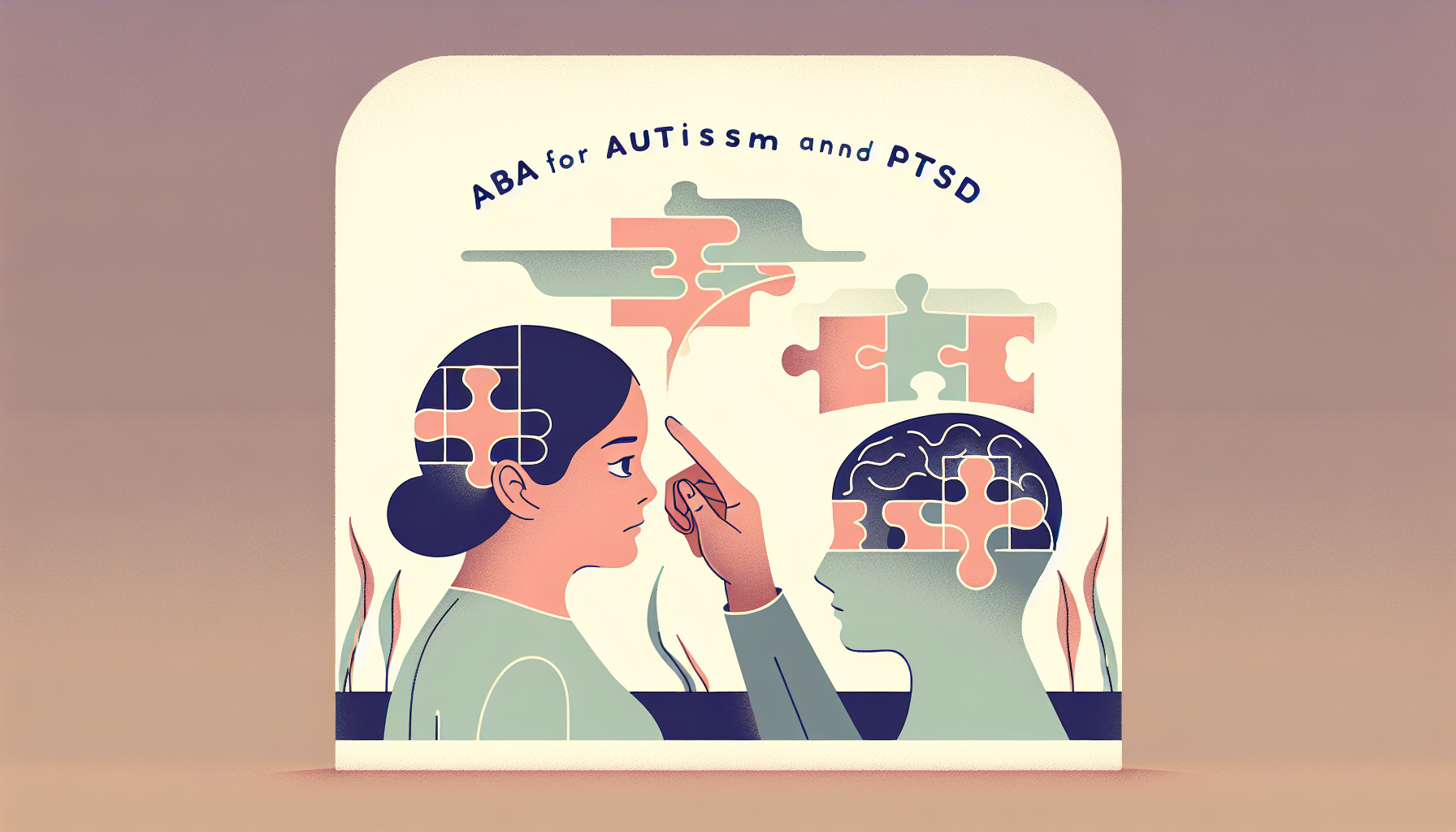

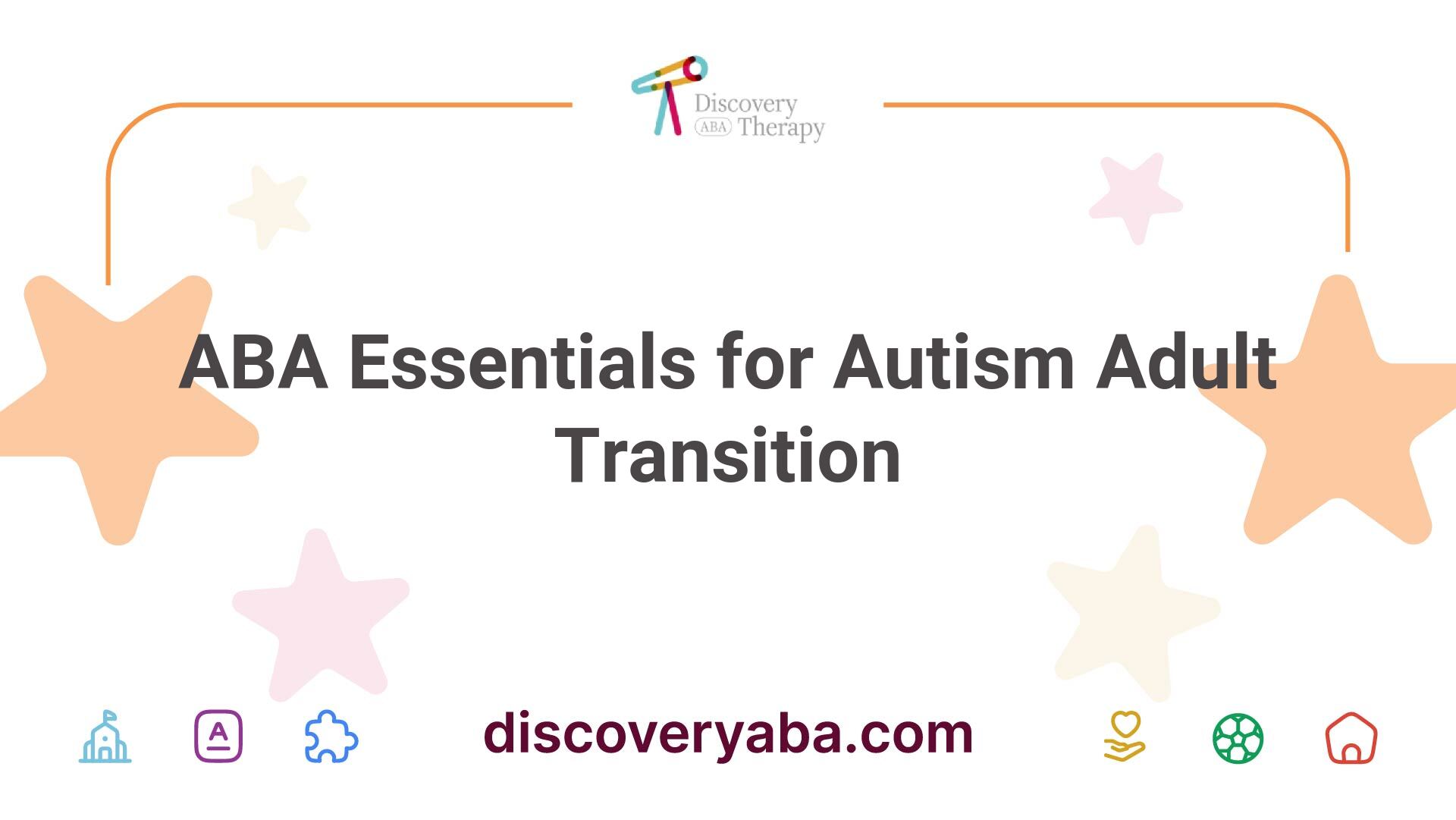















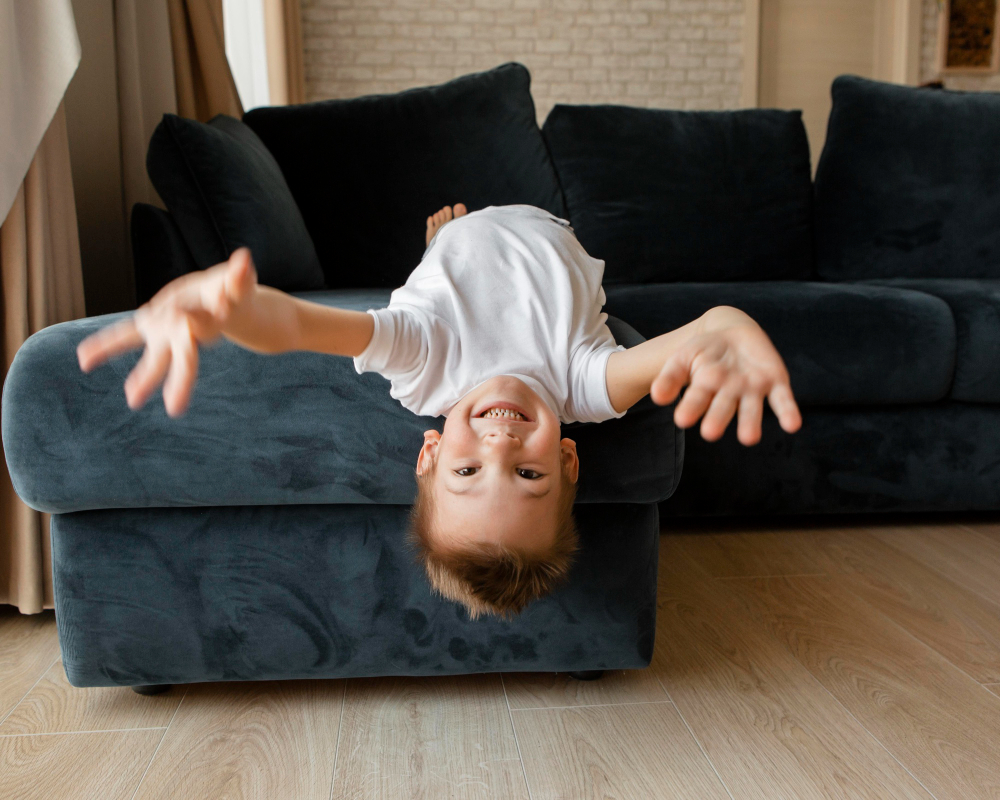



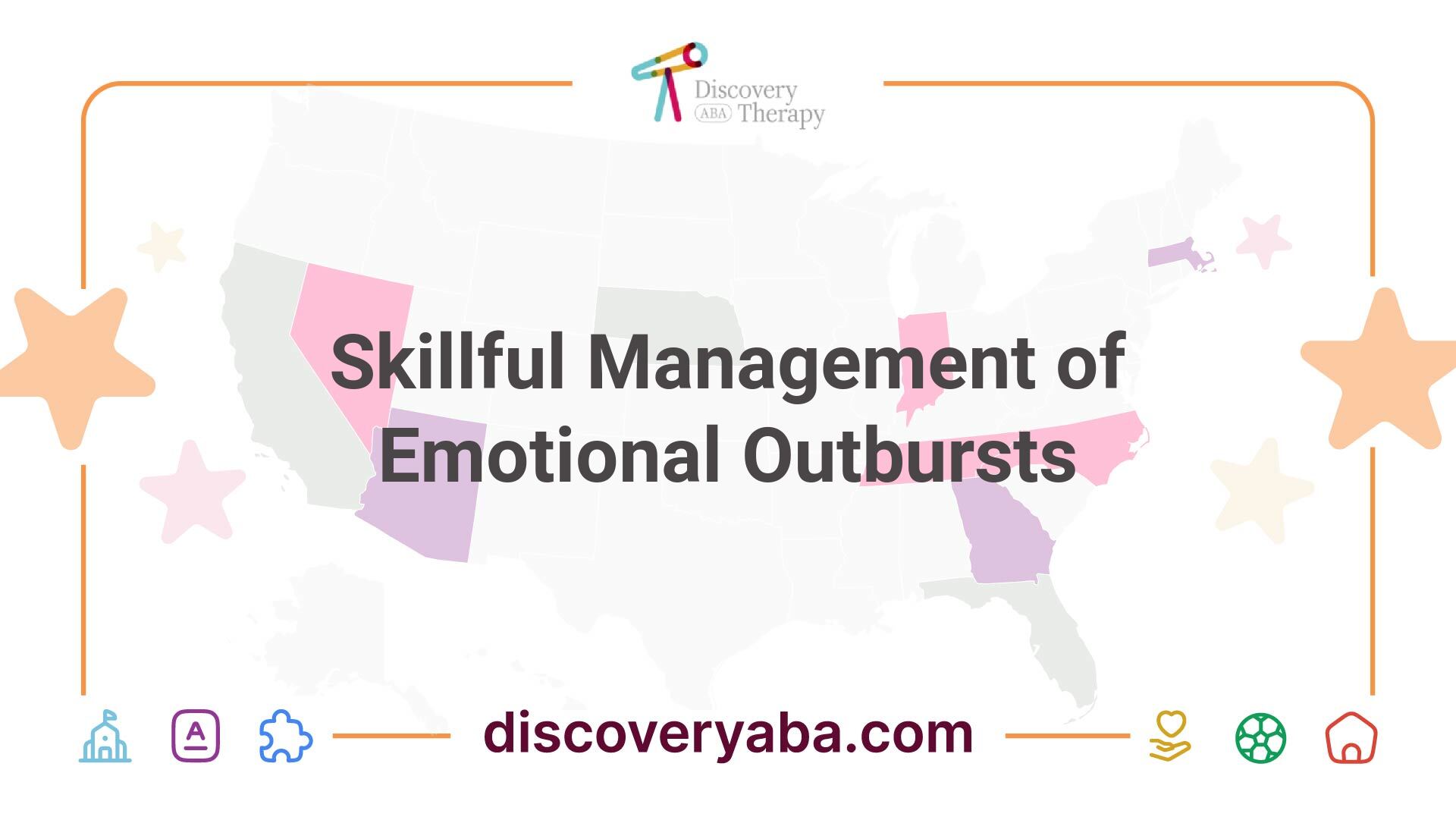

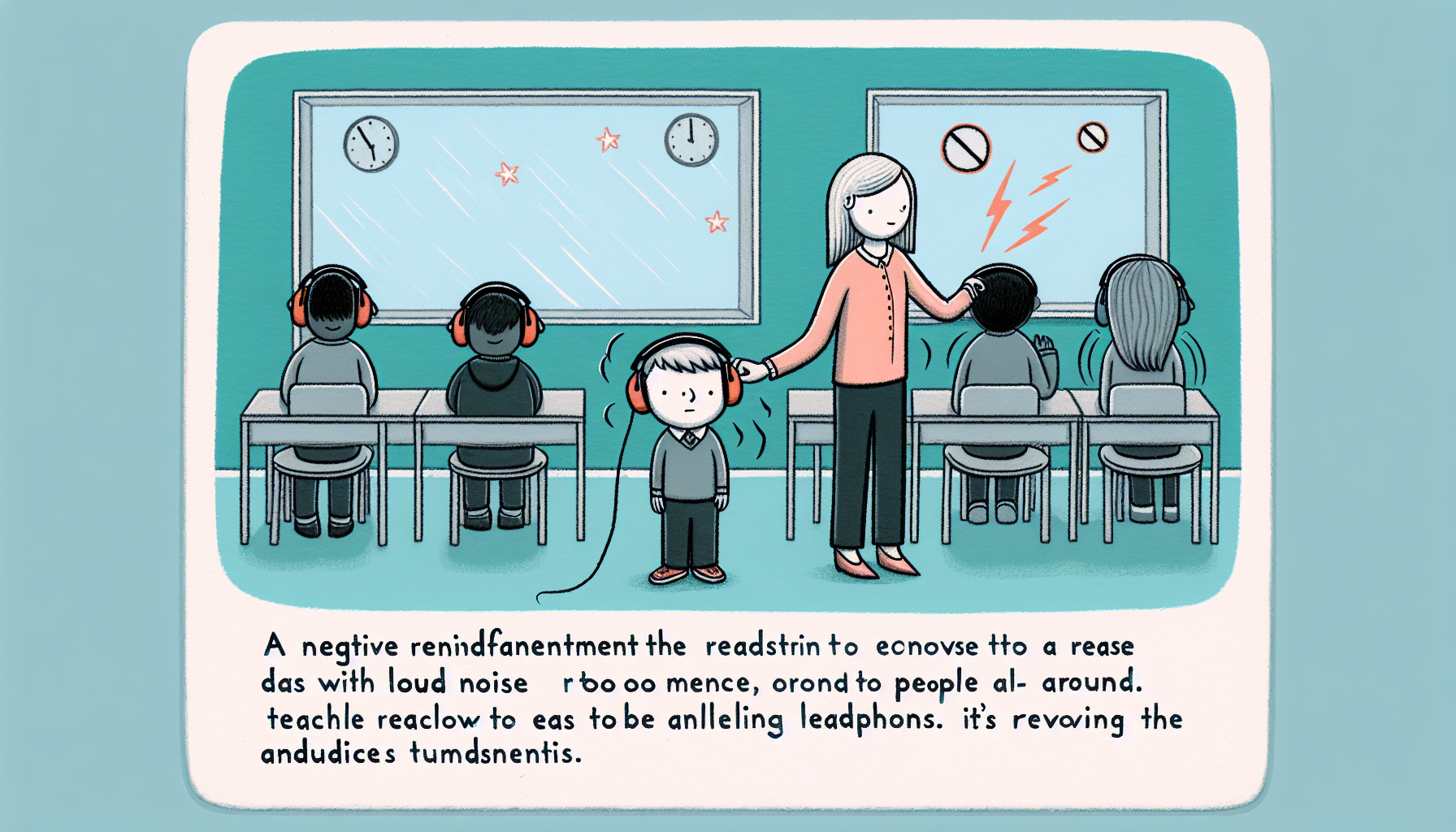
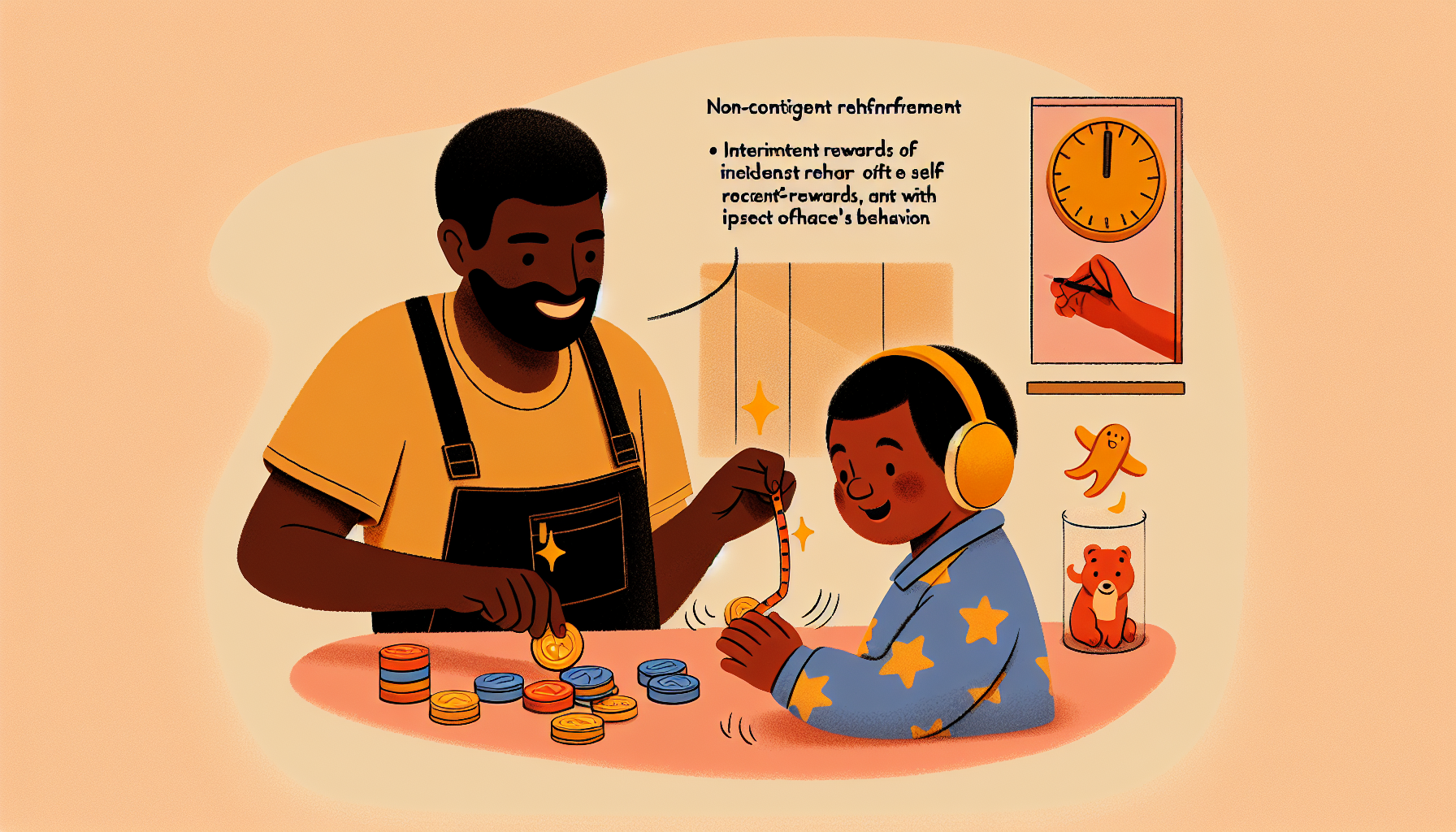
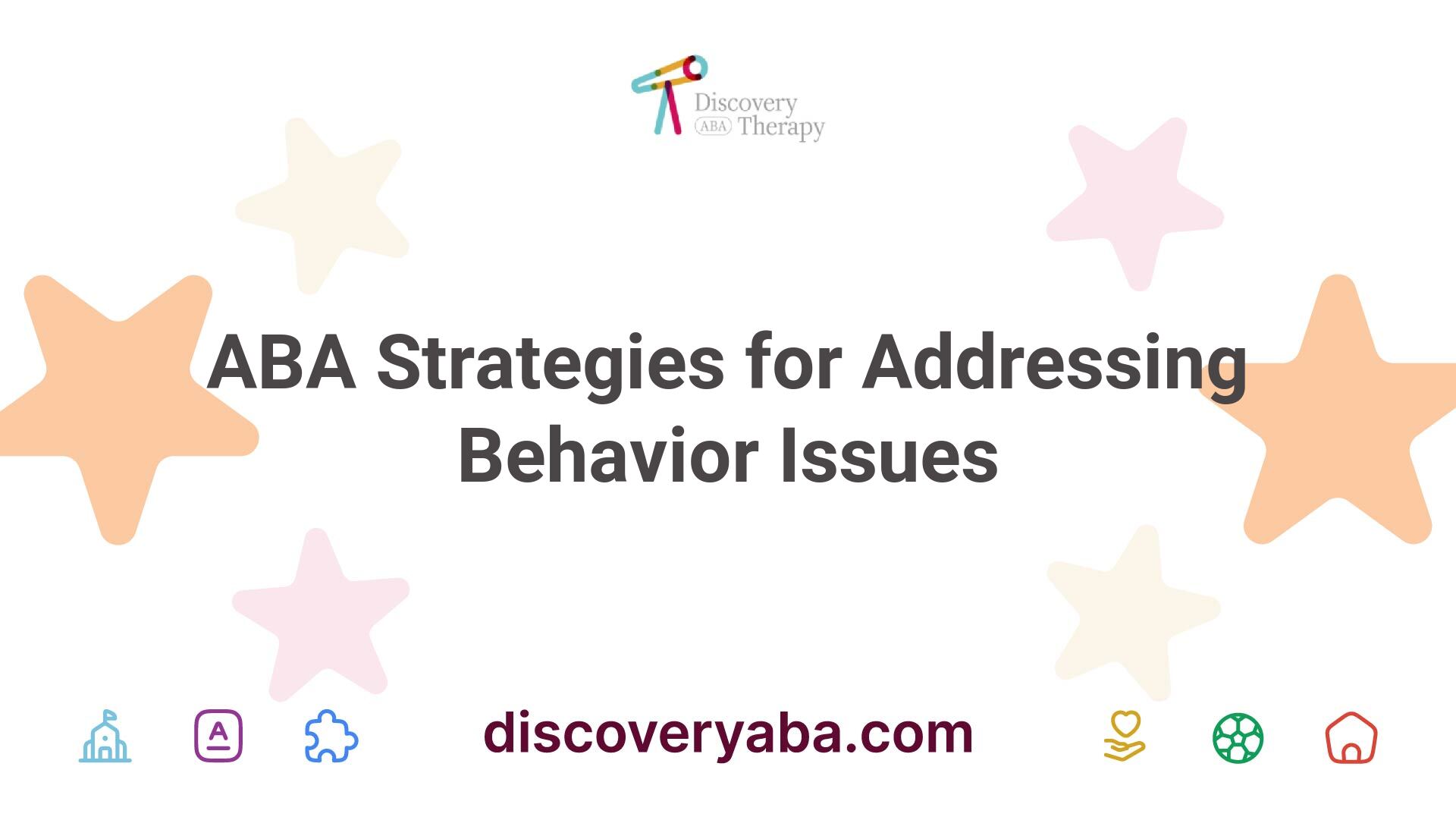



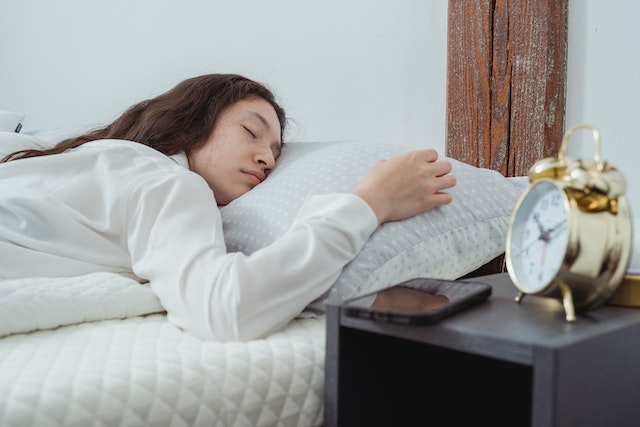

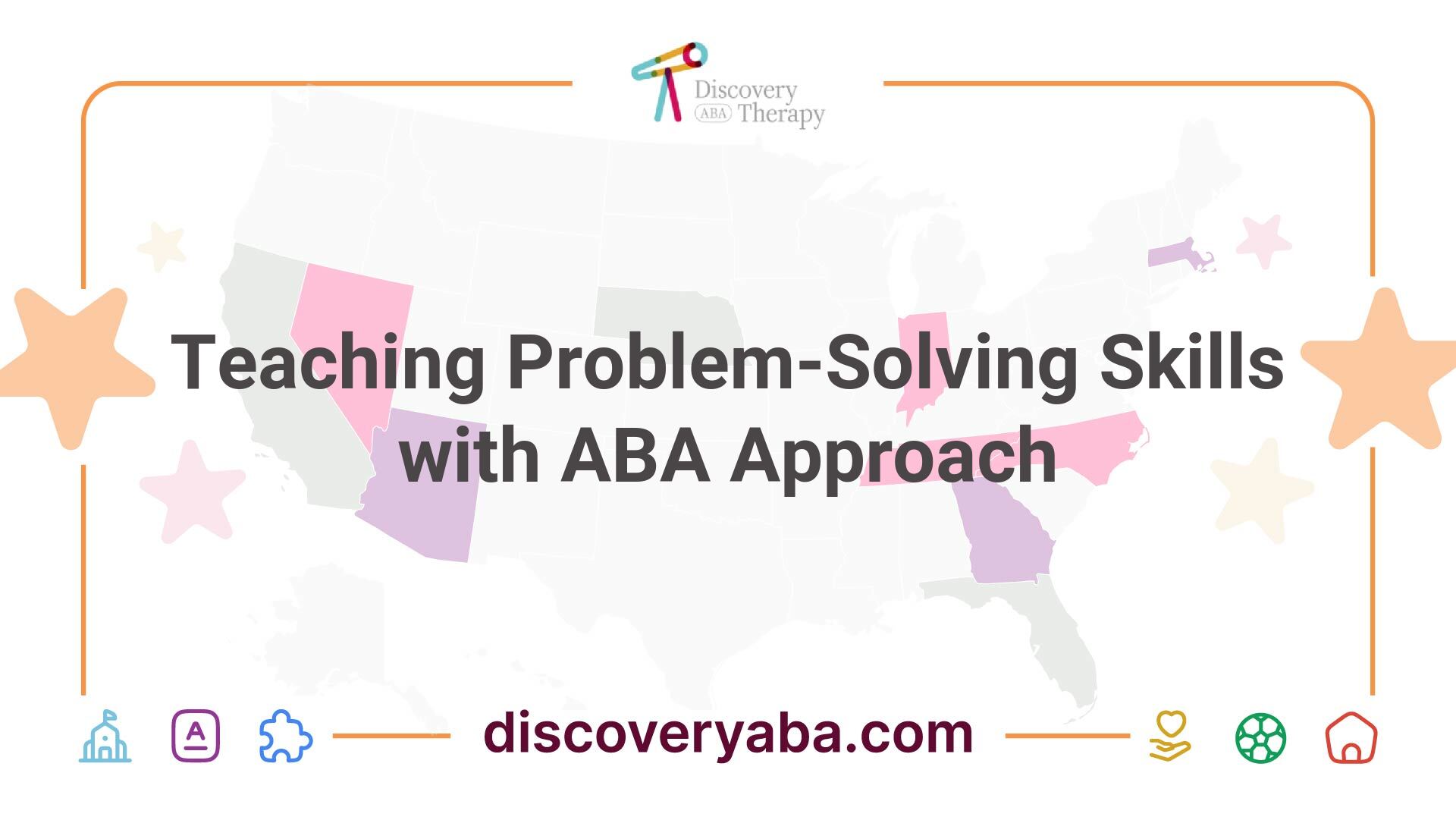

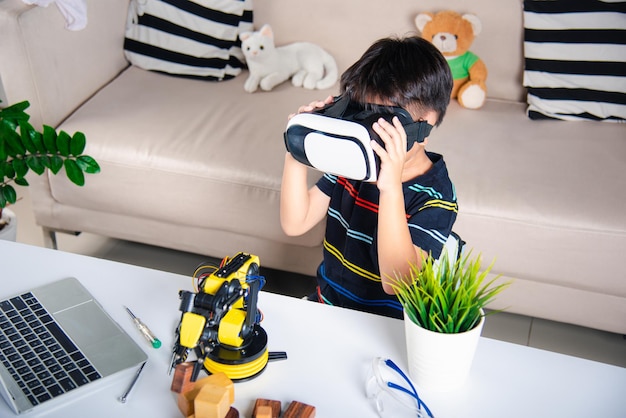
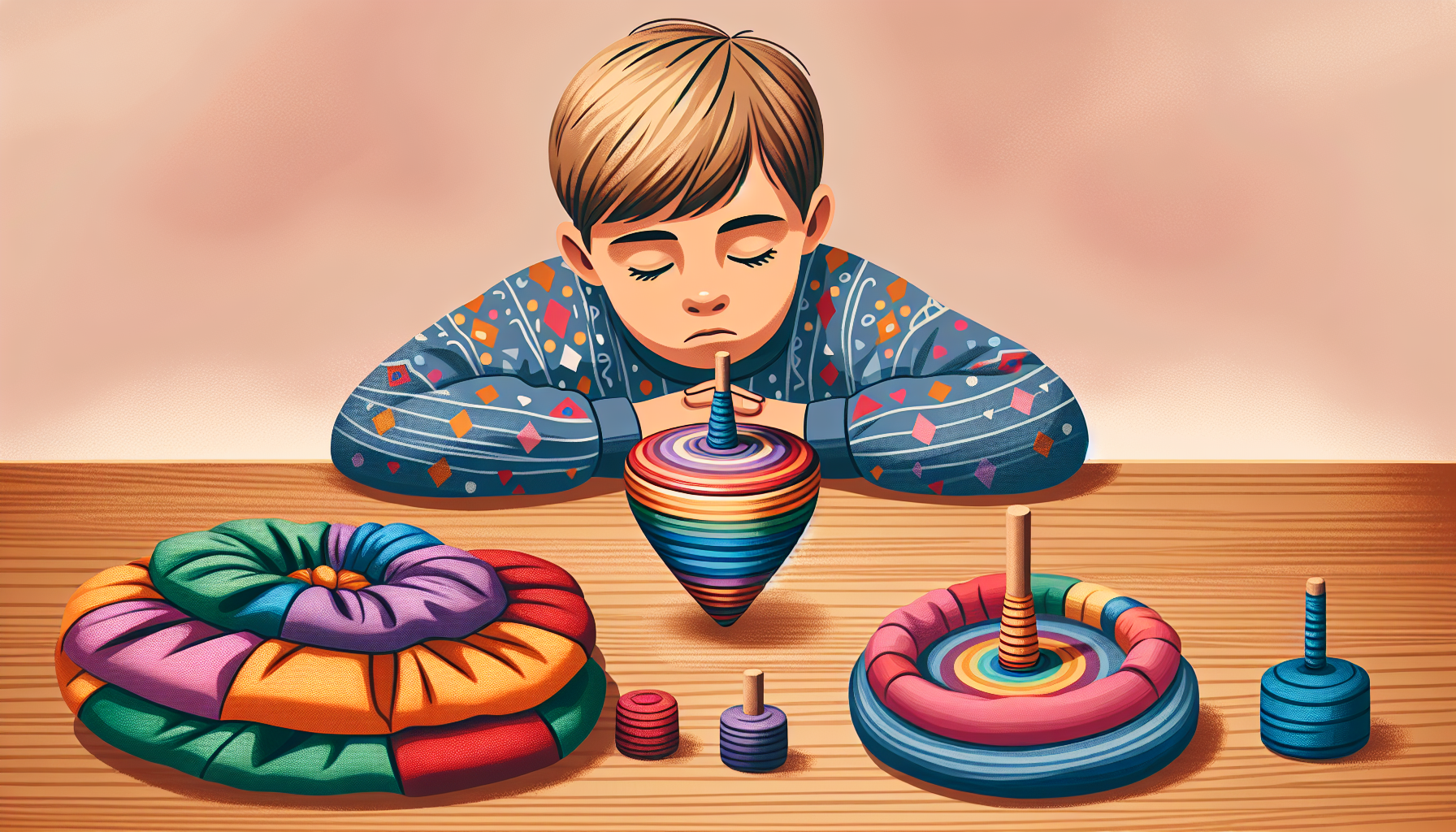


.jpeg)








